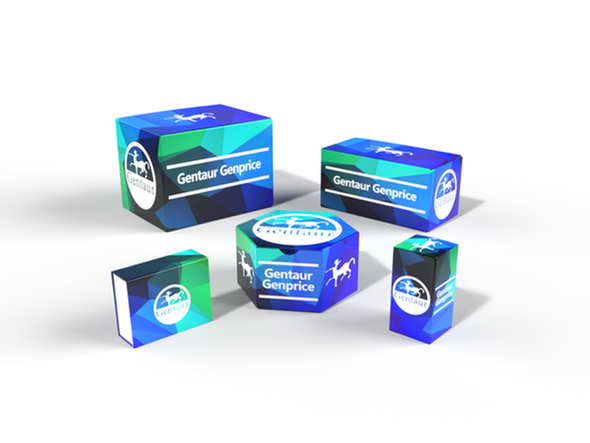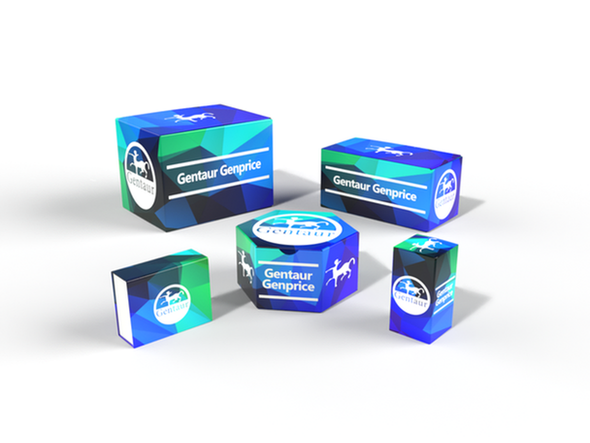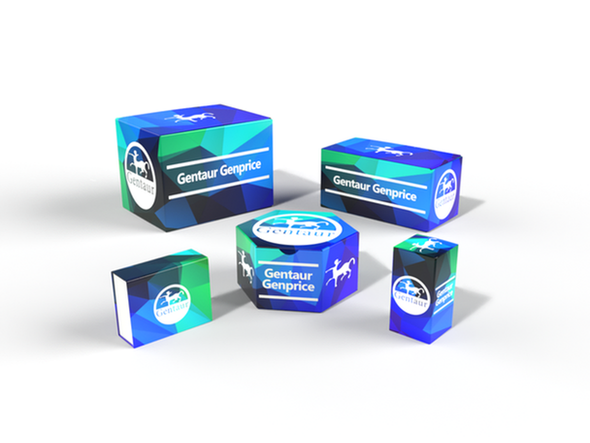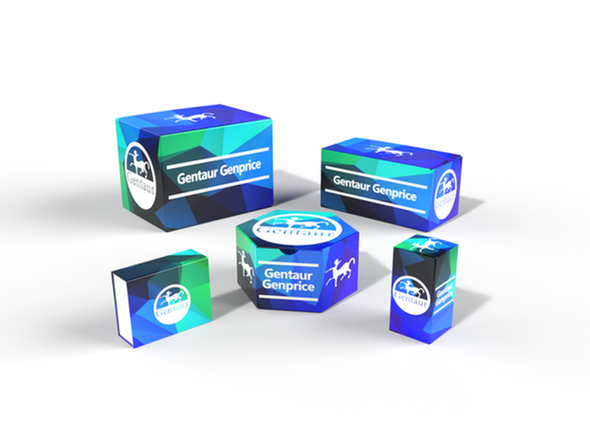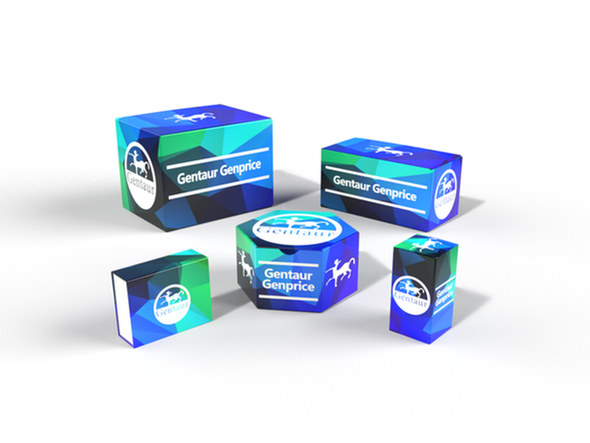50
Anti Thymidine Glycol (TG) monoclonal antibody
- SKU:
- 50-MTG-100P-GEN
- Availability:
- Usually ships in 5 working days
Description
Anti Thymidine Glycol (TG) monoclonal antibody
Specific to DNA oxidation
Thymidineglycol (TG) is one of the major oxidation products of DNA. Thymidine (T) can be damaged by oxidative stress such as radiation and energy metabolism. Two different pathways to form TG have been suggested. Deoxythymidine in DNA is directly oxidised by hydroxy radical, to form TG. TG can be also formed through an intermediate thymidine chlorohydrin, which is derived from hypochlorous acid (HOCl) from neutrophil myeloperoxidase. Thymidineglycol is derived from DNA, not from RNA. TG is the oxidative stress marker secific for DNA damage.
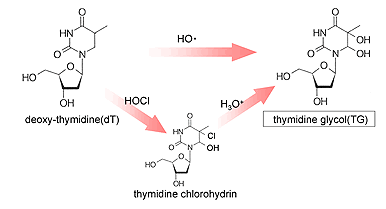
Comparison with 8-OHdG
8-hydroxy-2'-deoxyguanosine (8-OHdG) is one of the well-known DNA oxidation products. In an lipopolysaccharide (LPS)-treated mouse liver, 8-OHdG can be stained in 24 hours after LPS treatment. TG can be detected in 6 hours, and remain at least for 72 hours. Anti TG monoclonal antibody (clone 2E8) has been established by Dr. Toshihiko Osawa (Nagoya Univ.). Poly dT (50 mer) has been oxidised by OsO4 and injected to Balb/c mouse as immunogen. This antibody can react with thymidineglycol in DNA or TG polymer, and suitable for immunohistochemistry.

Comparison with 8-OHdG:
8-hydroxy-2'-deoxyguanosine (8-OHdG) is one of the well-known DNA oxidation products. In an lipopolysaccharide (LPS)-treated mouse liver, 8-OHdG can be stained in 24 hours after LPS treatment. TG can be detected in 6 hours, and remain at least for 72 hours. Anti TG monoclonal antibody (clone 2E8) has been established by Dr. Toshihiko Osawa (Nagoya Univ.). Poly dT (50 mer) has been oxidised by OsO4 and injected to Balb/c mouse as immunogen. This antibody can react with thymidineglycol in DNA or TG polymer, and suitable for immunohistochemistry.
| Specifications | ||||||||||||
|
Additional Information
Size: |
100 ug of IgG/vial |
Type of Marker: |
Lipid oxidation |
Marker: |
HEL (13HPODE-Lys adduct) |
Storage: |
Store at 2 - 8°C (don't freeze). |
Detection: |
450nm |
Assay range: |
2 - 700 nmol/L |
Usage: |
Urine, serum, Tissue |
Remark: |
New biomarker for early stage oxidation of n:6 polyunsaturated fatty acid. |

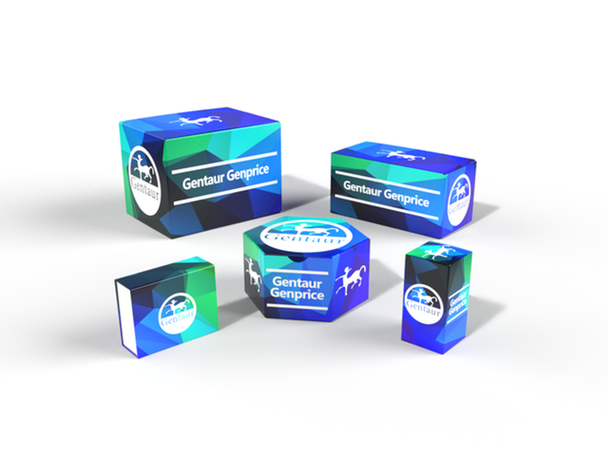
![Anti-Thymidine Glycol Antibody [2E8] | MC-1100 Anti-Thymidine Glycol Antibody [2E8] | MC-1100](https://cdn11.bigcommerce.com/s-1rdwiq712m/images/stencil/590x590/products/440870/445699/gentaur-genprice__26005.1661610467__29809.1661628092__75433.1661676199__77988.1661684280__64362.1661692443__02085.1662049603__45075.1662119302__91744.1662191540__21580.1662291419__73241.1663312634.png?c=1)

